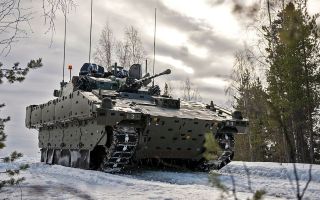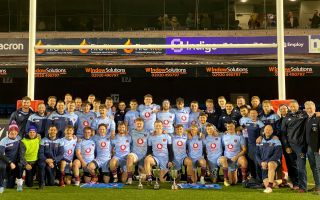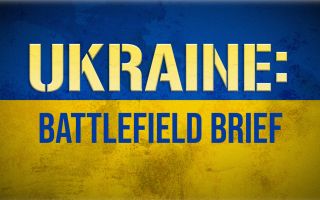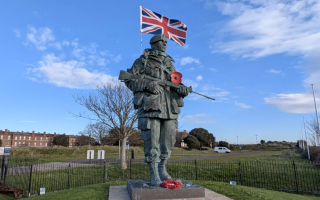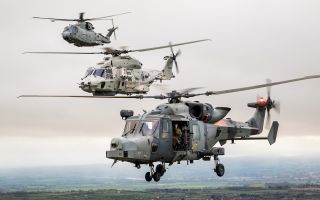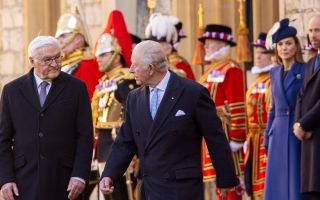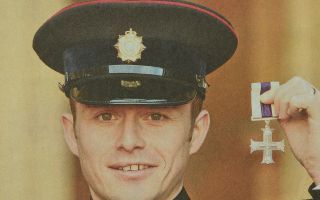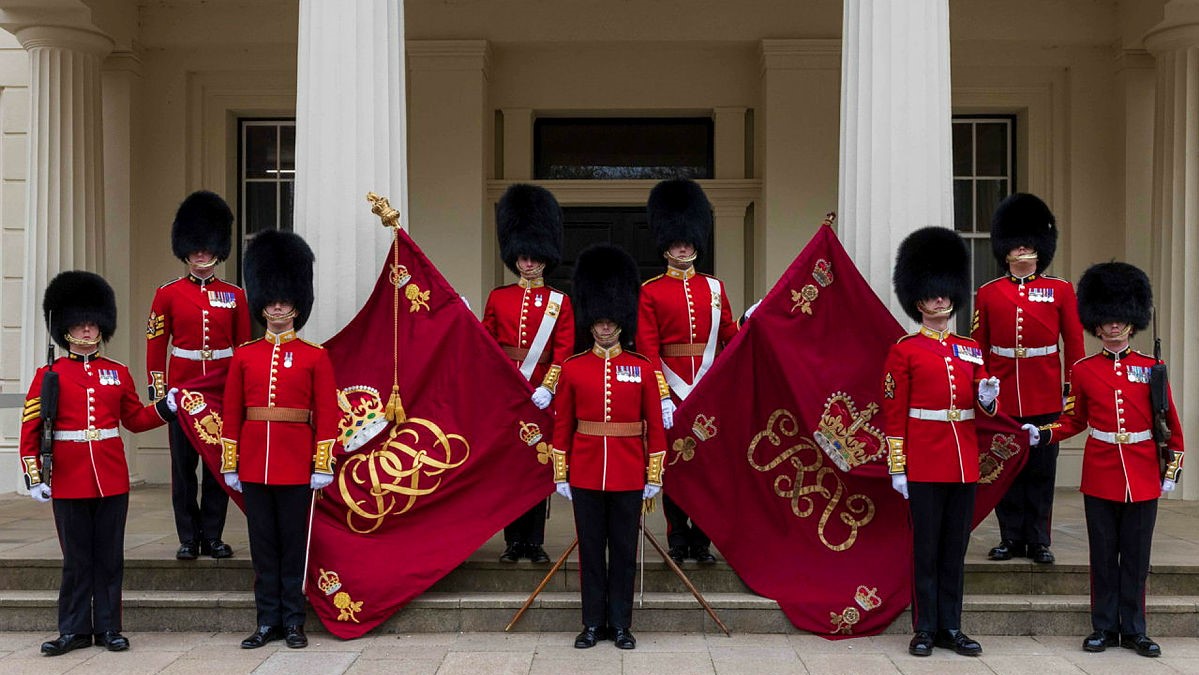
The King's Company Grenadier Guards and their unique connection to Charles III

While King Charles III may be the head of the whole of the UK's Armed Forces, there is one company with which the sovereign has a special connection.
The King's Company Grenadier Guards have a role at the centre of every coronation, but their relationship with His Majesty is far more personal than that – he is also their Company Commander.
One of the oldest bodies of troops in the Army, the King's Company was founded in 1656, even pre-dating the Restoration of the Monarchy in 1660.
Following King Charles II's defeat at the Battle of Worcester in 1651, he escaped to Holland with the help of loyalists, who hid him and helped him throughout his exile and with his plan to return to the throne.
From these loyalists, the King created his most trusted personal troops, that would go on to become the Life Guards and the Grenadier Guards.
King Charles II ordered that the command of the first company of the first regiment of Foot Guards would be reserved for him, and they would be known as The King's Own Company.
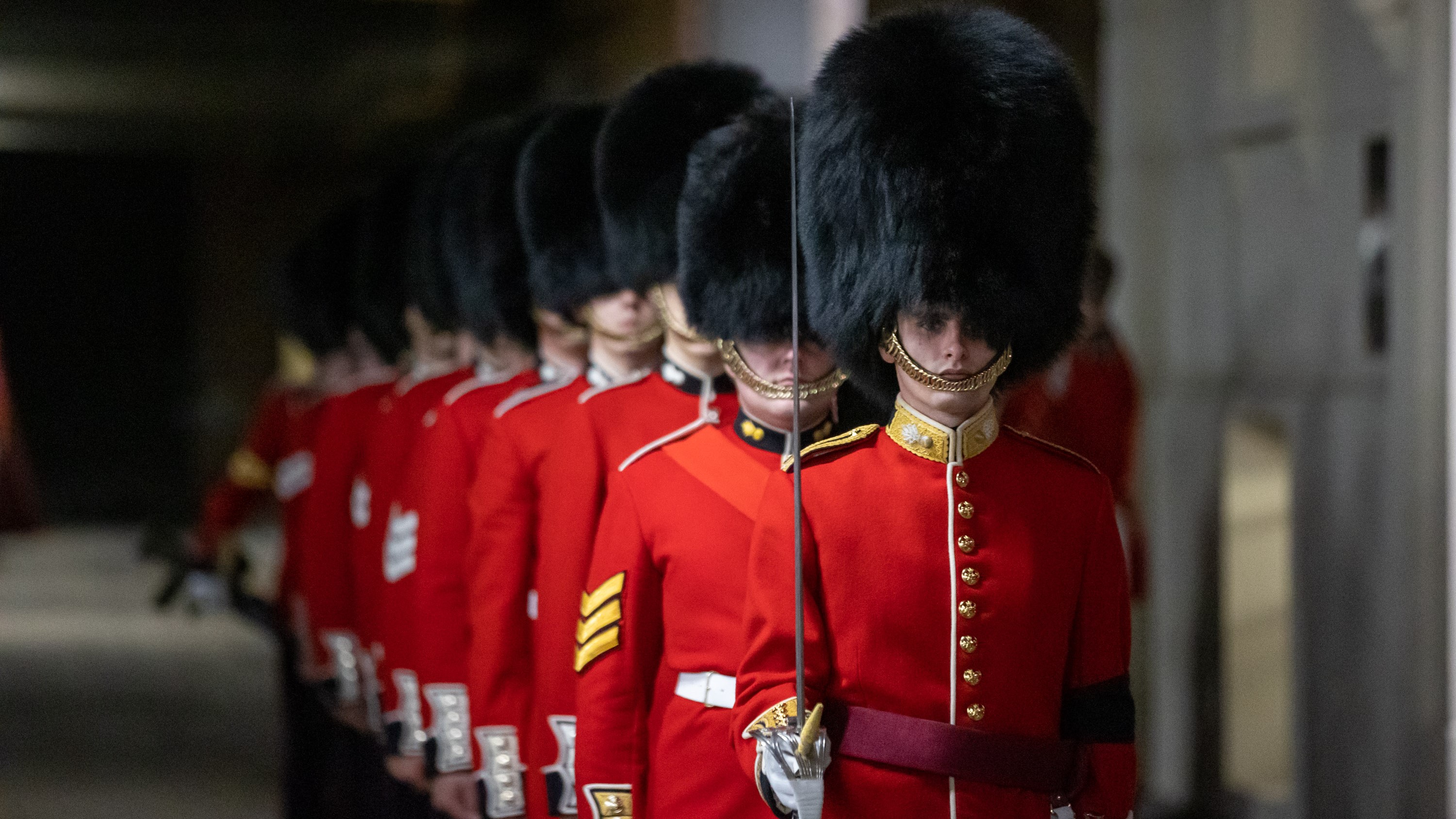
In 1656, the exiled King Charles II issued the first Colour bearing his cypher to The King's Own Company.
Every monarch since has presented their company with their own Royal Standard.
This year, King Charles III presented a new Colour bearing his cypher interlaced and reversed with his crown to The King's Company.
In keeping with tradition, this new Royal Standard is of heavily gold embroidered and tasselled silk and it is much larger than the standard regimental Colours seen elsewhere on parade in the modern Army – the fabric alone is more than 6ft square.
The new King's Company Colour, Royal Standard of the Regiment, has personal significance to both King Charles and Queen Camilla, as Her Majesty is the new Royal Colonel Grenadier Guards.
A smaller version of the Royal Standard of the regiment is also commissioned and is proudly flown above the Captain's office desk in barracks or on the wall of the operations room if deployed abroad.
The smaller version is simply known as the Company Camp Colour and will be laid upon the coffin after the monarch's death and buried, as happened with the late Queen Elizabeth.
A lesser-known fact is that The King's Company does not have a sitting company commander, because the reigning monarch vested the executive authority for the daily administration of the company to a trusted and favoured subject, the appointment being designated the Captain Lieutenant – the title means quite literally to hold or 'tenant' the Captaincy, in lieu of the King.
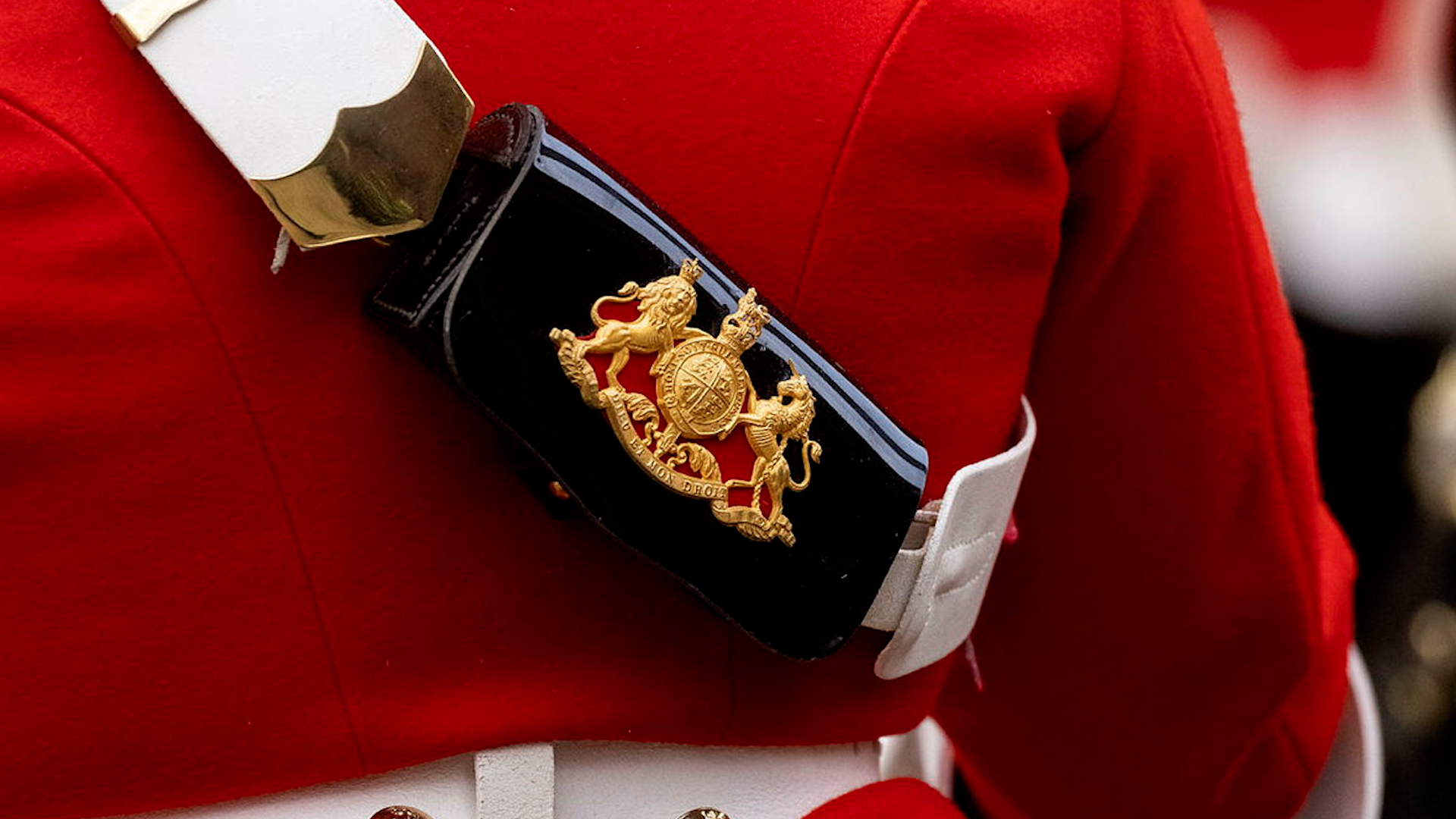
Shortened nowadays to simply 'The Captain' (who holds the rank of Major), this appointment has persisted for 367 years with 136 Captains over time leading the company on a Sovereign's behalf.
Due to this arrangement and to prevent any confusion, The King's Company second in command (who holds the rank of captain) is referred to as 'The Second Captain.'
Within the wider regiment, all members of the company are collectively known as and nicknamed The Monarch's Mob.
The new sovereign assumes command of The Sovereign's Company on accession, meaning that on the death of Queen Elizabeth II in September 2022, the company's name changed from The Queen's Company back to The King's Company.
The connection of the sovereign to the company is a close one beyond the public ceremonial, as the Captain will update the sovereign regularly on the company’s activities and operational commitments.
Every Christmas, the King will receive The Captain's Statement, a brief annual report, along with a leather-bound photo album containing photographs of The Company's year.
The soldiers who serve under the Captain are among the fittest and most able Guardsmen in the regiment and must demonstrate the highest values and standards and aspire to excellence.


